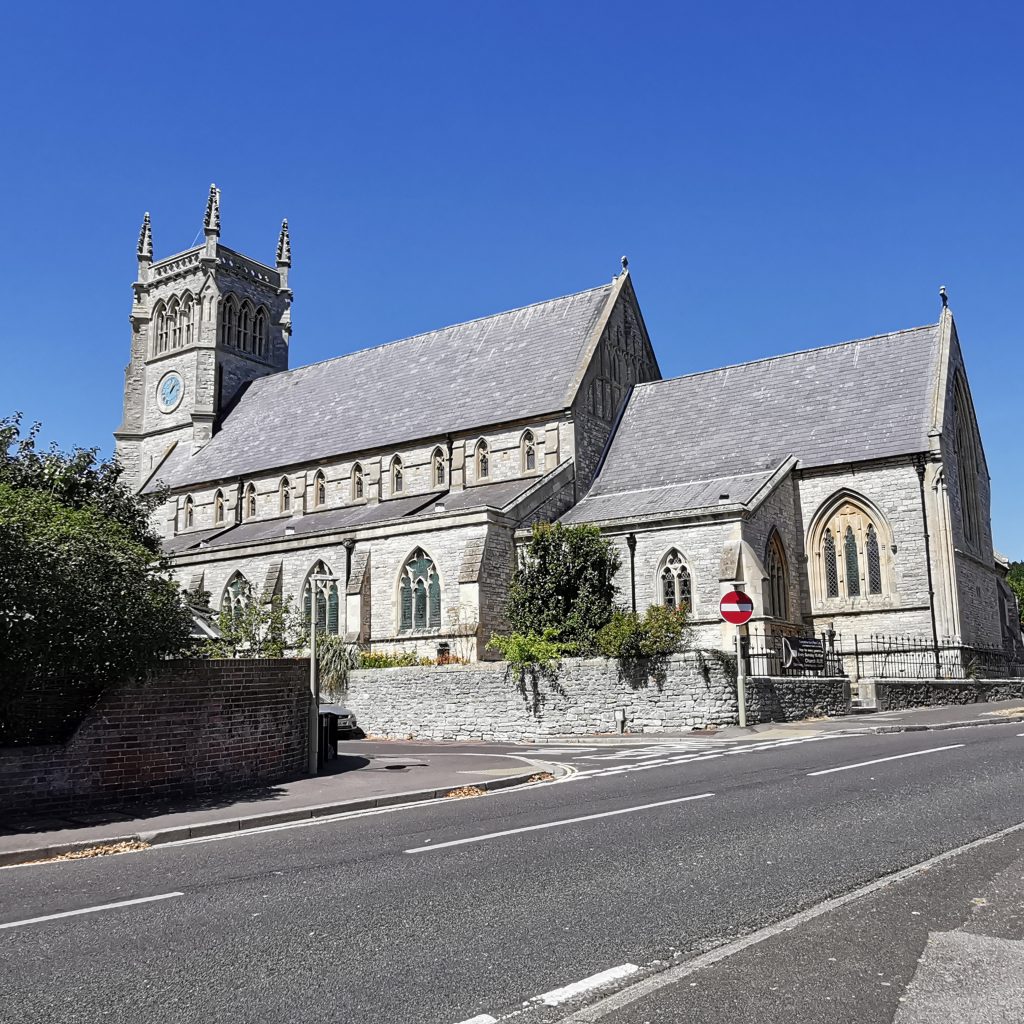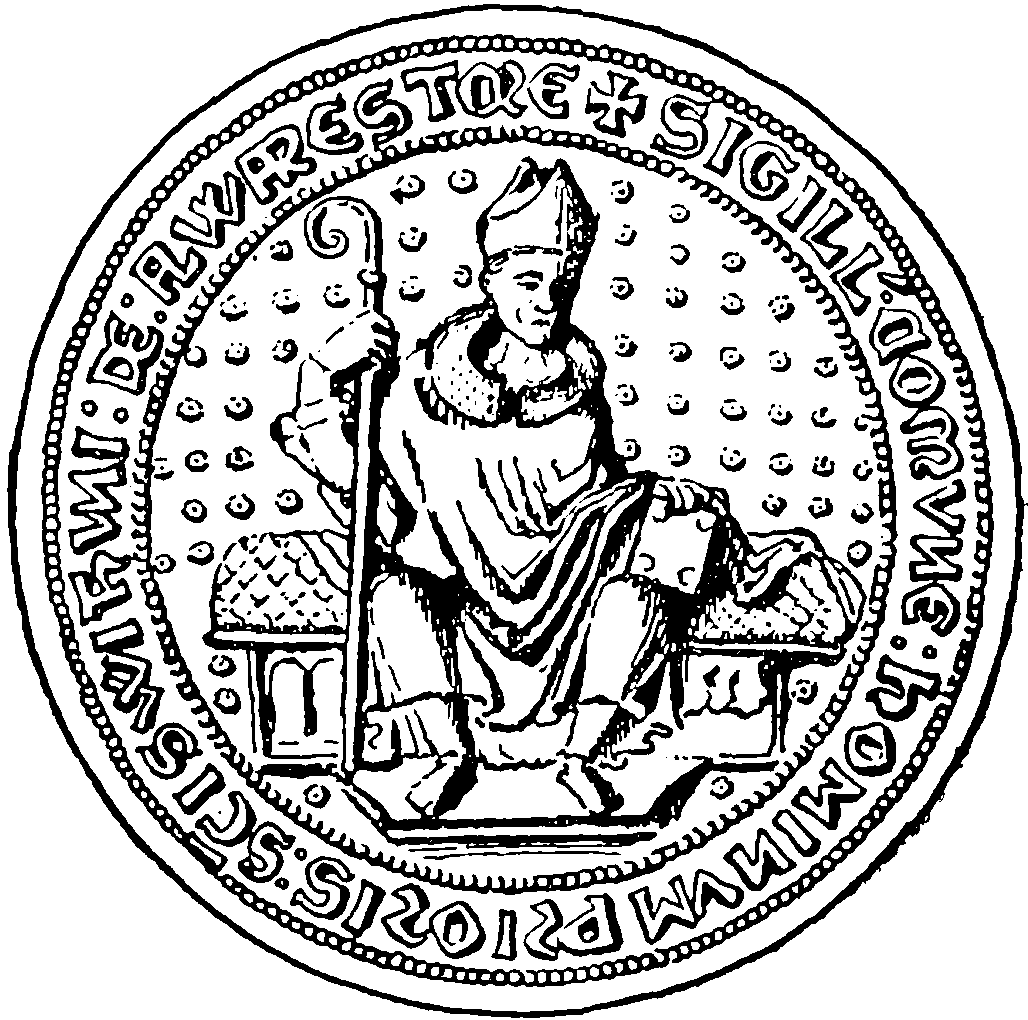- Alverstoke is mentioned in the Domesday Book as Alwarestock
- The name ‘Alverstoke’ is most likely to be derived from a corruption of the name Alwara – an Anglo-Saxon Lady of the Manor – and Stoke, a settlement on the area of Alverstoke. Other names in official Crown and Manorial records include Alwarestoch/Halwarestoke in the 11th to 13th centuries, Alvardestoke in the 14th century, Aillewardstoke in the 15th century, finally Alverstoke by the 16th century
- Henry II, known as Henry Plantagenet, was King of England from 1154 until his death in 1189 and, from the shore of Stokes Bay, is said to have crossed to France on more than one occasion.
- Early in the thirteenth century a charter was agreed between the monks of St Swithun, Winchester and their men of Alverstoke which practically made them free tenants with the right to make wills and pass down their land. The charter also meant they didn’t have to pay taxes to the King or do pannage, ie release their pigs in a forest, so that they can feed on fallen acorns, beechmast, chestnuts or other nuts.
- During the Civil War Gosport was held by the Parliamentarians, who set up batteries there which were of great use in fighting Portsmouth(which was Royalist). The manor had been taken over by the state with Alverstoke Manor, and this was sold to George and Elizabeth Withers, Cromwell supporters. Today site of the manor house is The Old Rectory, Undercroft, Anglesey Road.
- In 1682 the freeholders and inhabitants of the manor of Alverstoke and the borough of Gosport petitioned George Morley, then bishop of Winchester, to resume his three-weekly courts, complaining that the mayor and corporation of Portsmouth had encroached upon their privileges by arresting tenants and inhabitants of the borough under warrants from Portsmouth. The mayor was also blamed for forcing inhabitants to serve as jurors, sending in officers to survey the weights and measures at Gosport, by taking away the profits of the ferry, by forewarning the freeholders from allowing cattle to graze on the common.
- The church of Our Lady, Alverstoke houses two bells from the old church, one dated from 1699 and one from 1766. The church also has registers of birth from 1559.
- Until the early 19th century, the parish of Alverstoke measured some 4.5 miles from north to south, and 2.5 miles from east to west, covering most of present-day Gosport. Today Alverstoke’s borders stretch east–west from Fort Blockhouse, Haslar to Browndown Battery, and is centred 0.5 miles (0.80 km) east of the shore of Stokes Bay and near the head of a creek which extends a mile westward from Portsmouth Harbour.
- A speculator Robert Cruikshank, in the early 19th century, developed Crescent Road into an area known as Angleseyville, in honour of the Marquis of Anglesey. Although the new area was to contain a racecourse, chapel, baths and pumphouse, genteel gardens, a hotel, and fine townhouses emulating the grand Georgian crescents of the day, all that was built was The Anglesey Hotel and the Georgian houses of Crescent Road. While waiting for her property in the Crescent to be completed, the wife of a pretender to the Spanish throne, Infanta Maria Francisca of Portugal, died in the old Alverstoke Manor (now the Rectory) in 1834. A subsidiary church to St Mary Church, St Mark was consecrated in 1844 for the new residents. Although it was demolished in 1911, the foundations of the church building can still be seen in the cemetery.

Discover Alverstoke and learn facts and history.
Reserve your space to visit the graveyard and hear about the lives of the people who lay beneath this soil.
Programmes are out now and BOOKING OPENS AT 9:30AM ON 20 AUGUST 2022
Don’t forget to sign up to our email list for latest news and programme.

